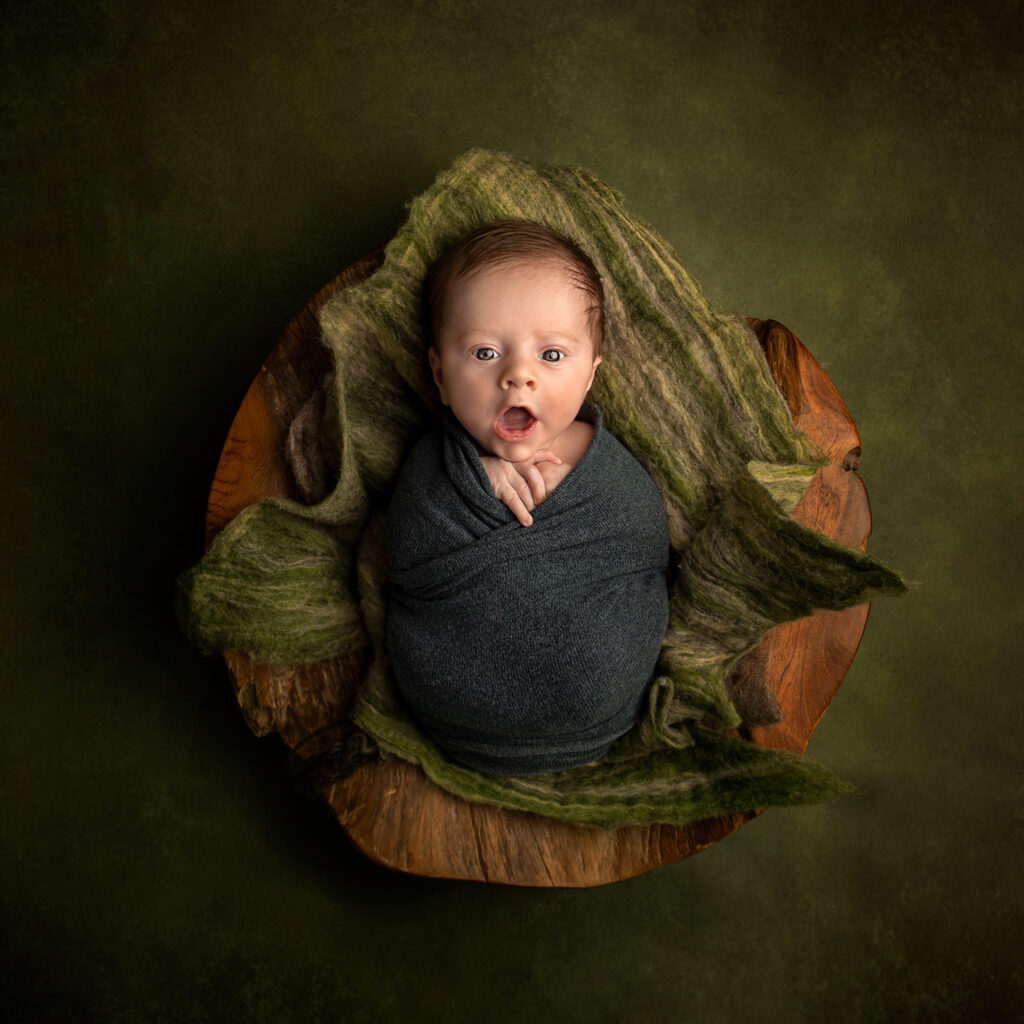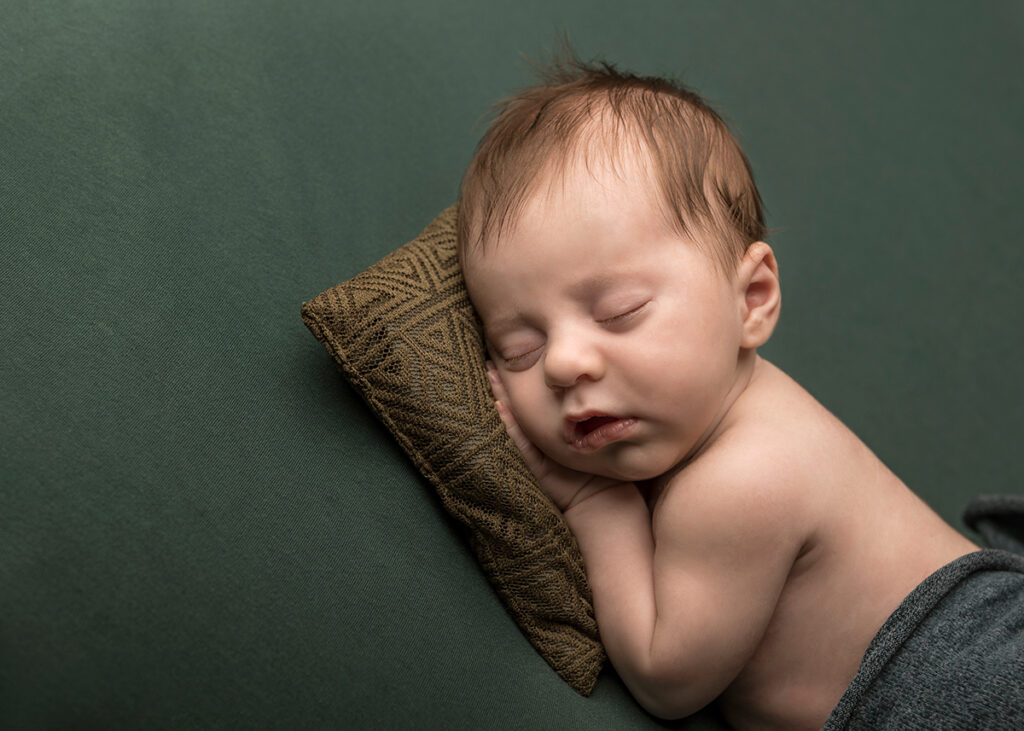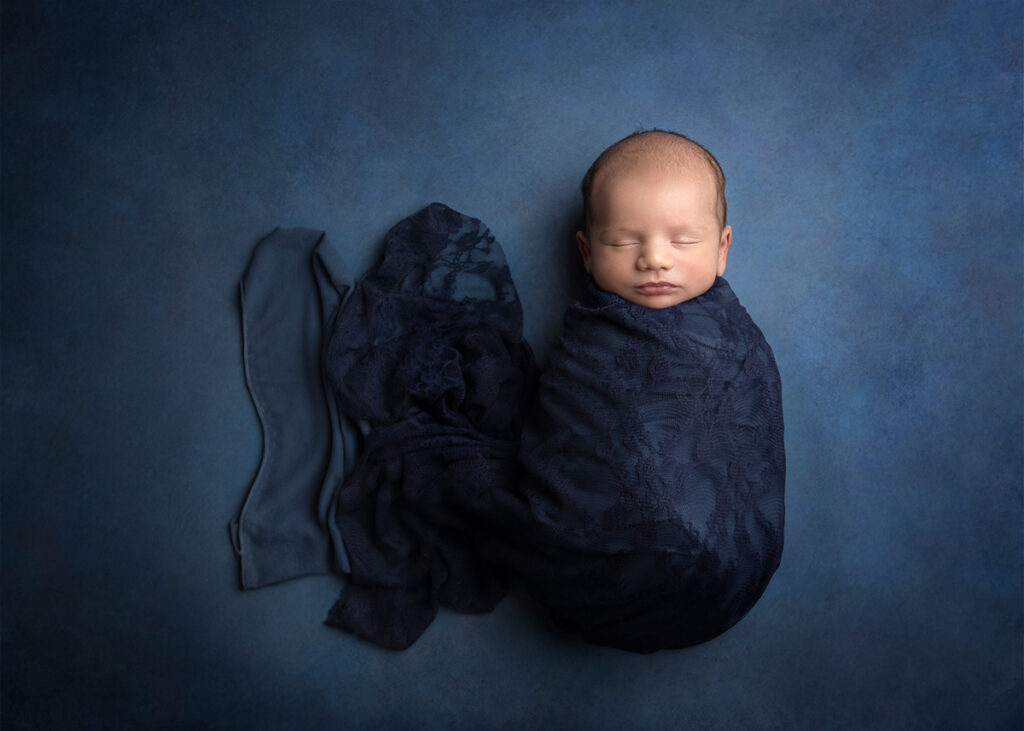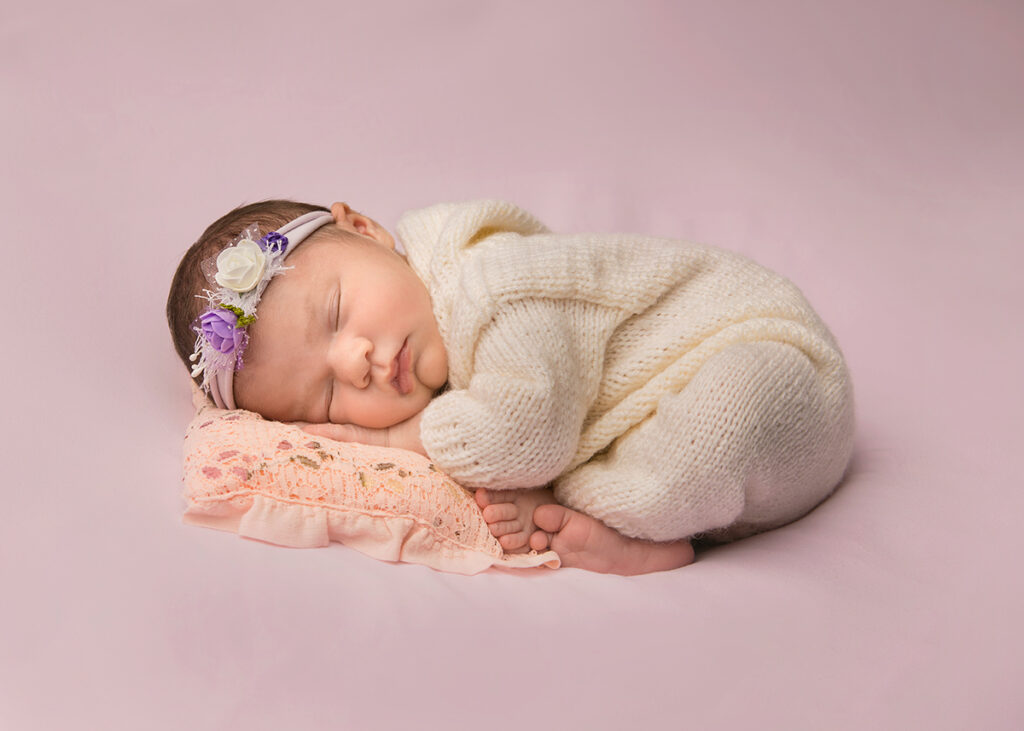Best newborn sleep tips for new parents
Congratulations on becoming a new parent! As you embark on this exciting journey, one of the biggest challenges you may face is getting your newborn to sleep. Sleep is crucial for both you and your baby’s physical and emotional well-being, and it can be overwhelming to know where to start.
But don’t worry, I’m here to help. Apart from being a mum of two I have been working as a baby and newborn photographer for nearly a decade and I have photographed hundreds of babies. During this time I have tried and tested many sleeping techniques to find some perfect ones. These are essential for a newborn photographer like myself that I have to say managed to master with flying colours. No wonder I have been referred to a baby whisperer many times.
So trust me when I say how to handle and settle a newborn baby and now I’m sharing my secrets with you.
Here are my tips and advice to help your newborn sleep peacefully.

How much newborn babies sleep?
Before I get onto the newborn sleep tips here a couple of very interesting facts about babies sleeping habits.
First of all did you know that newborn can sleep between 16 to 17 hours a day on average, but some newborns may sleep up to 20 hours.
Newborns unfortunately have an irregular sleep-wake cycle as they cannot differentiate between day and night, and they sleep in short periods of time, typically 2-4 hours a time. Hence as a new parents you need to forget about uninterrupted sleep through the night at least for about a year.
The other reason why they may wake up during the night is because their stomachs are small and they need to eat more often to gain weight.

Newborn sleep tips
1. Create a conducive sleep environment
Creating a conducive sleep environment can help your baby feel comfortable and relaxed. Make sure the room is quiet, dark, and at a comfortable temperature. White noise machines or a soft lullaby can also be helpful in creating a calming atmosphere. When you come to see me for the first time with your new baby you will instantly feel that the room temperature is much higher (around 23-24 degrees) than in a normal room. The reason behind this is that they spend most of their time in the studio without their clothes on. Having your newborn baby at home though it is perfectly fine to have a normal room temperature around 21 degrees. Babies will need to be warm enough to settle to sleep but shouldn’t be overdressed or at risk of overheating.
The other key difference you might notice apart from the warmer than average room is the white noise I use in the background. The reason why babies like white noise is because it mimics the sound they heard in your womb. This sound makes them calm and remind them being in the womb again where they felt secure. There are many free apps available to use white noise but also the shushing sound can help the baby to fall asleep.
2. Swaddle your baby
Swaddling is a great technique to help your baby feel secure and calm. It involves wrapping your baby snugly in a blanket, mimicking the feeling of being in the womb. Be sure not to swaddle too tightly, as it can restrict your baby’s breathing. You might noticed in my newborn gallery there are many images where babies are nicely swaddled. I always start my sessions with swaddling which certainly helps to calm and make baby to get used to the new environment in my studio.

3. Stroke baby’s eyelids
Stroking a baby’s eyelids to help them fall asleep is a technique that has been used by parents for centuries. This is because the gentle pressure and movement of the stroke can be soothing and calming for a baby, helping to relax them and promote sleep. The eyelids are also a particularly sensitive area for babies, and the gentle touch can create a sense of comfort and security. It’s important to note, however, that every baby is different and what works for one may not work for another. Additionally, it’s important to practice safe sleep practices and not rely solely on stroking eyelids as a method of getting a baby to sleep.
4. Establish a bedtime routine
Newborns thrive on routine, and establishing a consistent bedtime routine can help signal to your baby that it’s time to sleep. This routine can include a warm bath, a lullaby or a story, and a feeding before putting your baby down to sleep. Be warned though, sleep is regulated by hormones and in the first few months their bodies don’t produce the hormones cortisol and melatonin that ours do, which regulates our sleep patterns. But still a well established bedtime routine helps later not only for the baby but also for you to have a good night sleep.
5. Stay calm and patient
Finally, remember that it’s normal for newborns to wake frequently during the night. It may take some time for your baby to establish a healthy sleep pattern, and it’s important to remain patient and calm throughout the process.

In conclusion, getting your newborn to sleep can be challenging, but with a little patience and persistence, you can establish healthy sleep habits for both you and your baby. By following these tips and advice, you can help your baby sleep peacefully and establish a healthy sleep pattern for years to come.